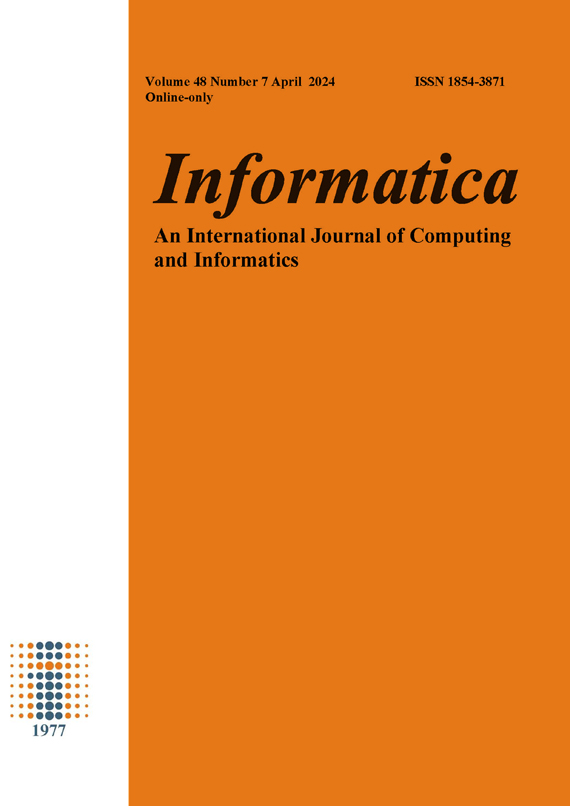Design of Neural Network-based Online Teaching Interactive System in the Context of Multimedia-assisted Teaching
DOI:
https://doi.org/10.31449/inf.v48i7.5205Abstract
As the pace of global integration increases, so does the demand for English language courses. Due to the scarcity of English-language learning resources in China, students of the language often struggle to improve their spoken English. Advances in artificial intelligence technology and language education approaches have a new era of language teaching and learning. To solve this issue, we can employ deep learning (DL) technology. The heart of verbal communication learning is speech recognition software, which is also utilized as an assessment tool. More hardware, software, and algorithms are needed to analyze speech signals because of the complexity of speech pronunciation variations, the quantity of speech signal data, the sizeable number of speech characteristic parameters, and the magnitude of speech gratitude and assessment calculation. However, it is challenging to increase the precision and speed of conventional speech recognition algorithms since they have run across previously unheard-of bottlenecks. This article focuses on examining the impact of college English's multimedia instruction in order to address these issues. The EMLP-SNN technique, which improves multilayer perceptron integration with spiking neural networks, is suggested for identifying oral English pronunciation. The results of the experiments demonstrate that the suggested algorithm can help students identify discrepancies between their pronunciation and the norm and fix pronunciation mistakes, leading to enhanced oral English learning performance.
Downloads
Published
Issue
Section
License
I assign to Informatica, An International Journal of Computing and Informatics ("Journal") the copyright in the manuscript identified above and any additional material (figures, tables, illustrations, software or other information intended for publication) submitted as part of or as a supplement to the manuscript ("Paper") in all forms and media throughout the world, in all languages, for the full term of copyright, effective when and if the article is accepted for publication. This transfer includes the right to reproduce and/or to distribute the Paper to other journals or digital libraries in electronic and online forms and systems.
I understand that I retain the rights to use the pre-prints, off-prints, accepted manuscript and published journal Paper for personal use, scholarly purposes and internal institutional use.
In certain cases, I can ask for retaining the publishing rights of the Paper. The Journal can permit or deny the request for publishing rights, to which I fully agree.
I declare that the submitted Paper is original, has been written by the stated authors and has not been published elsewhere nor is currently being considered for publication by any other journal and will not be submitted for such review while under review by this Journal. The Paper contains no material that violates proprietary rights of any other person or entity. I have obtained written permission from copyright owners for any excerpts from copyrighted works that are included and have credited the sources in my article. I have informed the co-author(s) of the terms of this publishing agreement.
Copyright © Slovenian Society Informatika








